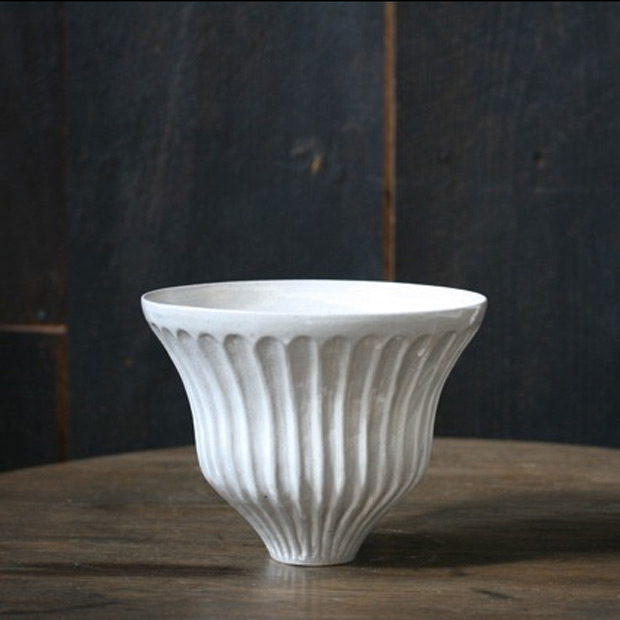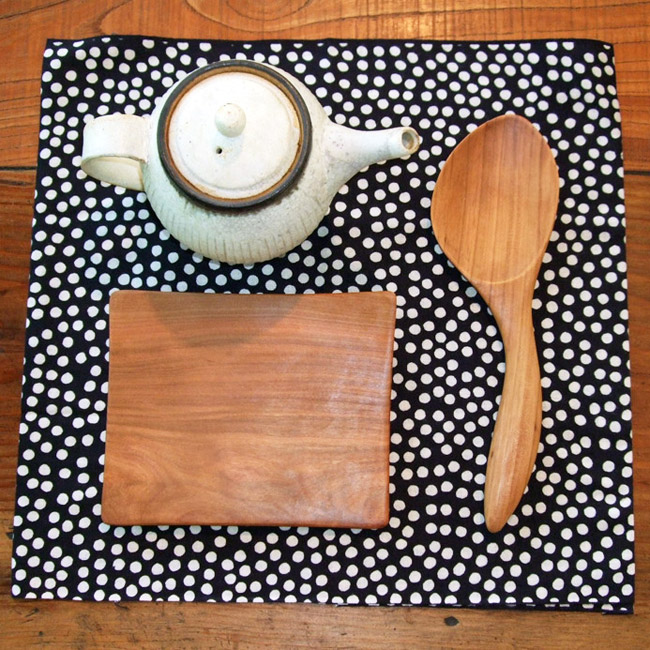Interview: Tung Chiang, Head of Heath Clay Studio
The designer analyzes his approach to Design Series 5: Forming Fables
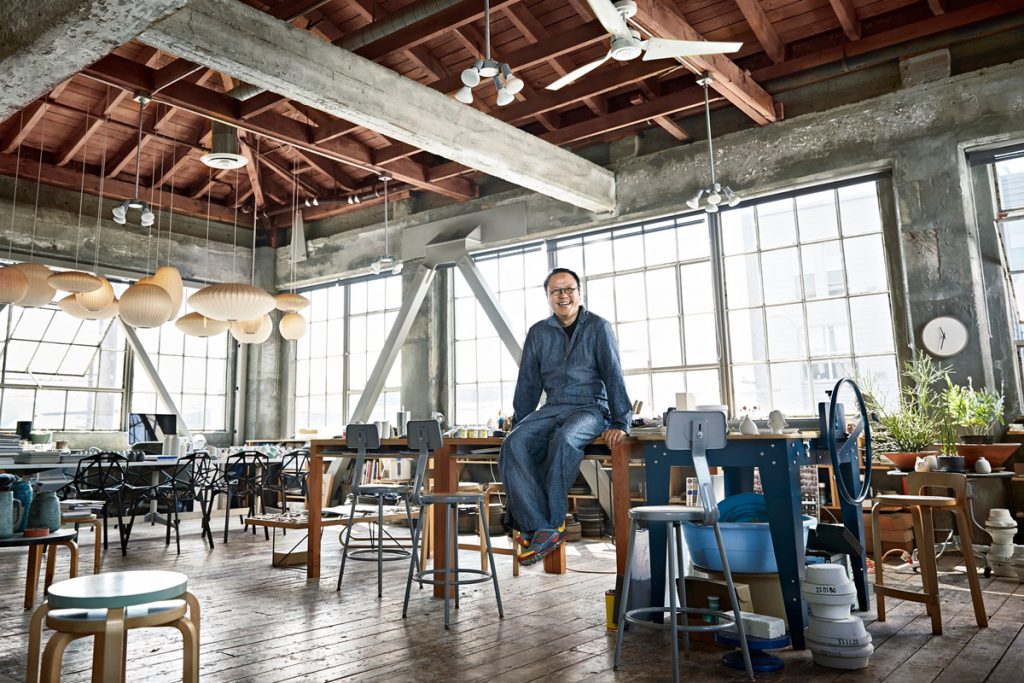
Heath Ceramics‘ Design Series has traversed many themes and forms—from experimenting with glazes to crafting an entire series of candleholders. The series essentially explores the possibilities of clay, and the latest debut is the studio’s most personal yet. The delightful hand-formed ceramic animals of “Design Series 5” aren’t just crafted tenderly, each has its own backstory. Experimenting with textures and patterns, Studio Head Tung Chiang combined his love of drawing and pottery for the project, and the result is a departure from Heath’s regular programming. To better understand, we spoke with Chiang about inspiration, process surprises, and digging deep.
Can you tell us a little about the stories behind the Forming Fables animals?
Some of the stories include: a hummingbird, made in memory of one that hit my window, fainted, and flew away from the palm of my hand, reminding me of life’s fragility and strength; a tripod dog inspired by a frequent Heath SF canine visitor, always excited no matter how many legs he has. In one, a dachshund and a corgi poke fun at each other over who has the longest legs and body. When neither can reach the cookie jar, the dachshund stands on top of the corgi to get their coveted treat.

How do you feel it differs from Heath’s previous Design Series?
The first three Design Series shows were about functional objects: candleholders, vases, lighting. Design Series 4 was about glaze, not as an afterthought but as integral to the form, and having a specific function. For Design Series 5, we didn’t want the animals to be perceived as just for decoration. As a designer, I want to go beyond the surface level, so I gave some of the animals stories. I’m not a storyteller, but I did dig deep into myself and included a lot of my personal experience in the stories.
When infusing a story into a single object, I tried to find some sort of action that represented the core of the story
Your process starts with a story and then you sketch out scenes from that story before finding the final moment to capture in a sculpture. How do you know what that moment is? How do you reduce a story to a single object?
The moments I captured were usually the high point of the story, the climax, or sometimes the ending of a story. When infusing a story into a single object, I tried to find some sort of action that represented the core of the story. For the corgi and the dachshund stacking on top of each other for example, it’s all about them working together—teamwork. For the wheelchair dog, it’s about capturing that moment of movement, his bright colored wheel expressing joy and fun. For the hummingbird, the moment wasn’t about when the bird woke up, but about when my worry and hesitation about it went away.
In a world of consumer product making how do you balance a “less-is-more” philosophy?
In terms of design, Heath has a really strong heritage behind it thanks to Edith Heath. Much of her work is about simplicity and creating everyday objects. That philosophy has always stayed with me as I design, and I always try to make things as simple as possible. At the Heath Clay studio, we only make around 200 objects a year. Each piece is made by hand, and I think a lot before making an object; each piece is well-considered. I focus on the exploration of each piece, and each one is made as a sort of study; It’s inward facing, we learn from it, and we share those learnings with others. At the Heath Clay Studio, it’s not about making a lot pieces and keeping them in constant production.
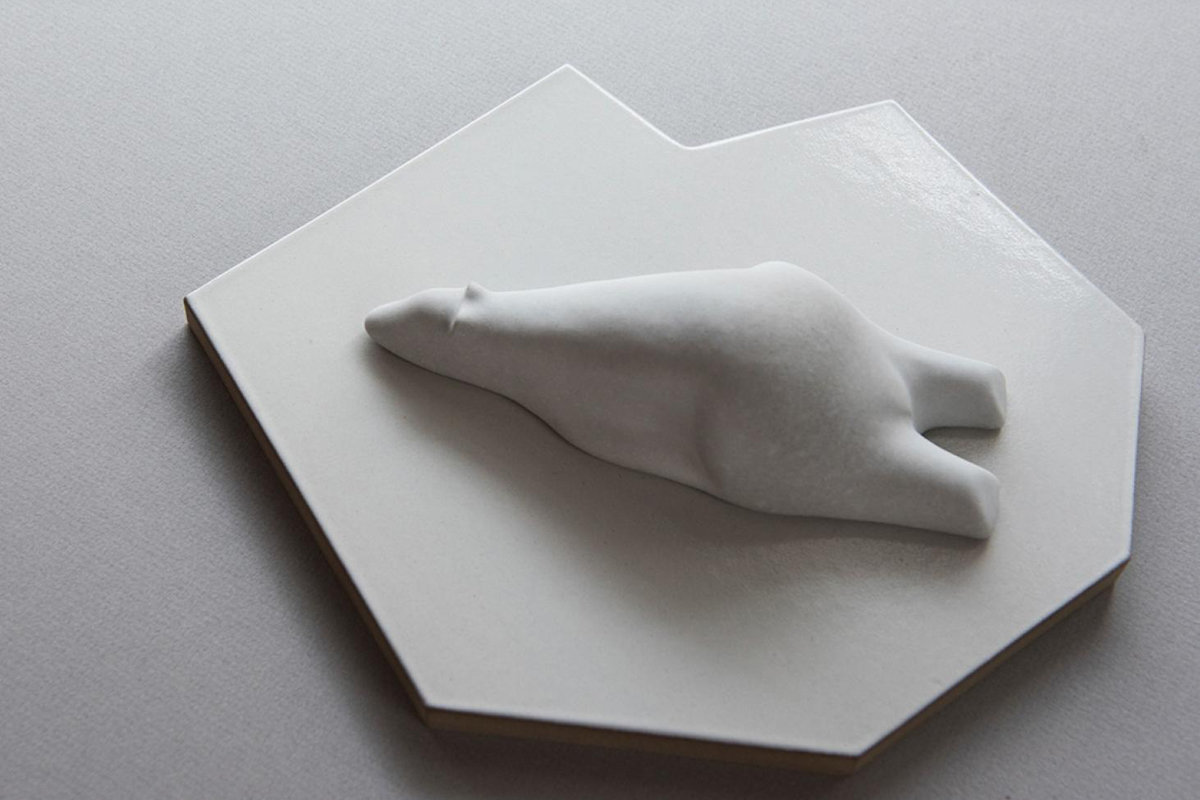
Is there a certain mood or message you hope to convey with these pieces?
Design Series 5: Forming Fables is about exploration that goes as wide as possible but still within what we believe in at Heath. There’s always a range, and we don’t usually focus on conveying a single answer—the purpose of the Design Series is to allow us to explore as much as possible. This year’s show conveys many feelings, from sadness, happiness, and encouragement. There isn’t a single way to see it.

Has your process changed much over time? Have you taken out unnecessary steps?
As a designer for 20 years, the format hasn’t changed much, starting from moments of inspiration and moving on to rough ideation. In Heath’s studio, the difference is that I spend more hands-on time with the objects. I make alterations and changes as I make, so the idea isn’t really from paper to final product. At the Heath Clay Studio, the process is about making and changing a piece on the spot. I like learning new skills all the time. You’ll see that the Design Series shows at the beginning focused on hand-thrown pieces. This year, it’s about hand-building, which I hadn’t done before; It was a new process for me. And, some stories are better illustrated on paper, so I introduced painting into the Design Series show. As a designer, I want to focus on what I want to achieve instead of what skill sets I already have. The skill set and process is less important, and I’ll figure that out along the way as I work toward a goal.

Do your pieces ever turn out much differently than you had planned? Can you tell us about one design that was a happy surprise?
Glazing is one example. The way we apply glaze is almost a scientific approach, we learn its details, and we’re able to apply it precisely and get what we want. At the Heath Clay Studio, we try so many methods and sometimes the glaze isn’t what I intend or expect it to be, but those are the times I find exciting, when I open the kiln something completely different comes out. Sometimes it’s bad, but sometimes it’s exciting to see the glaze turn out differently. The design process is about making, whether on the wheel- or hand-building. When I sketch, I have a precise idea of what it looks like. But when I actually get to making, the form emerges in front of me, so there’s an in-between stage before I reach my final, desired form. There’s something else that could happen during that stage, which I find exciting. I make the call when I need to.
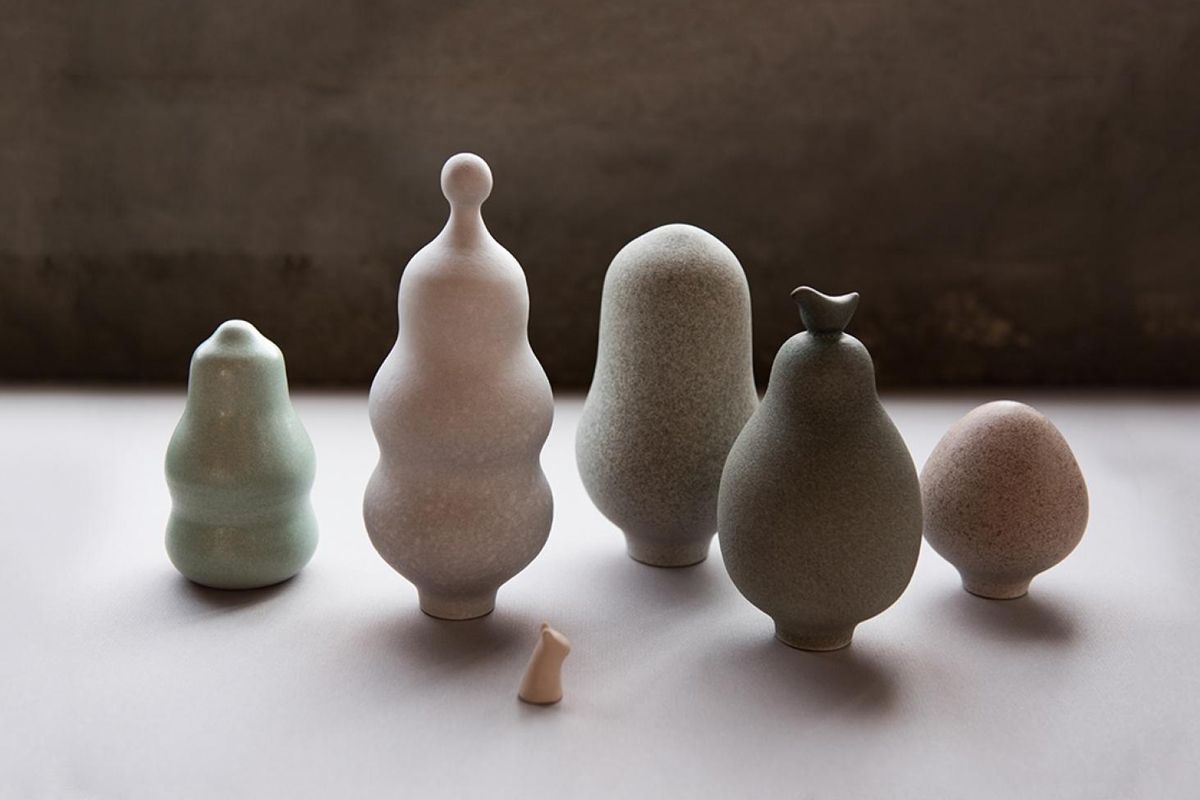
Is there a particular piece in this new series that you’re especially proud of?
“My Tree.” I like the story, and the form itself. The tree forms offered more variety whereas animals have established looks—a dog had to look like a dog, a cat like a cat. The trees were almost like spirits I could explore.
Images courtesy of Heath Ceramics
